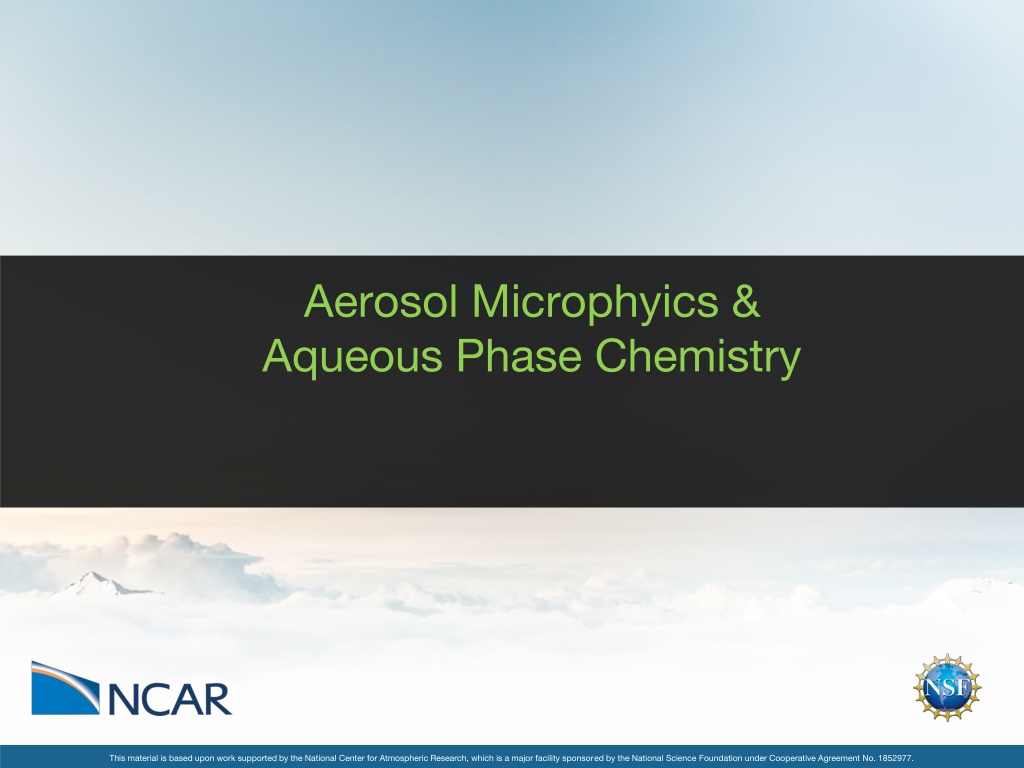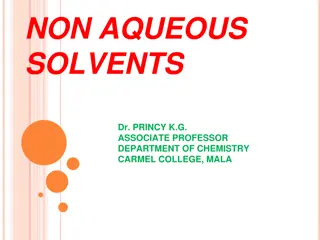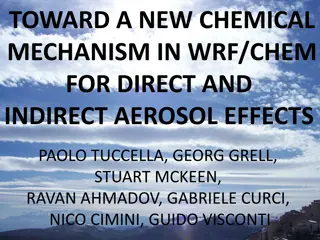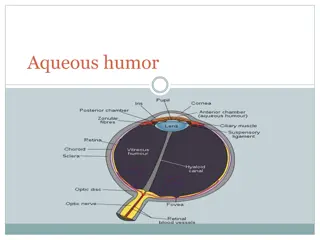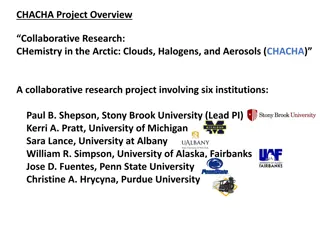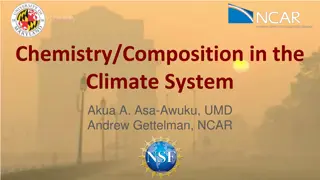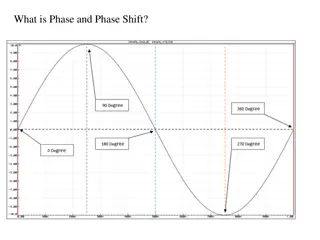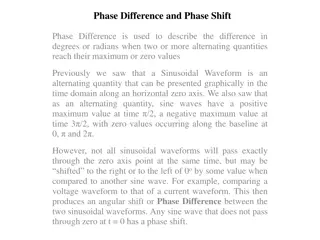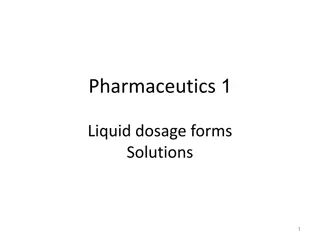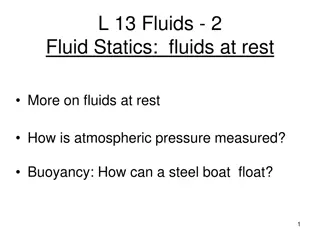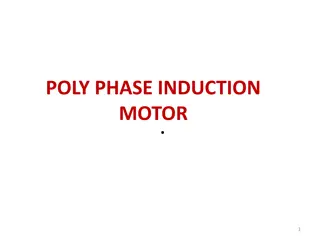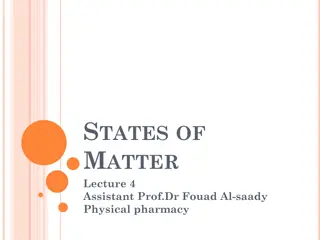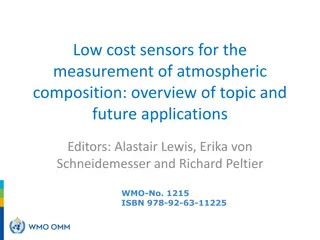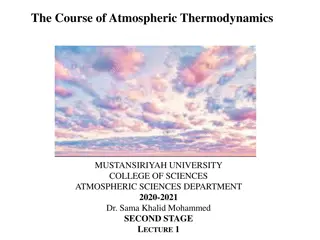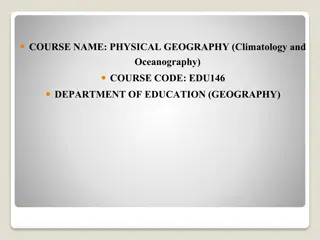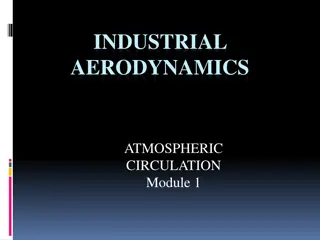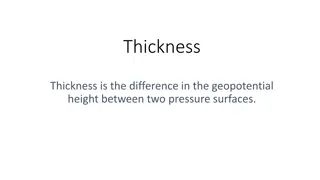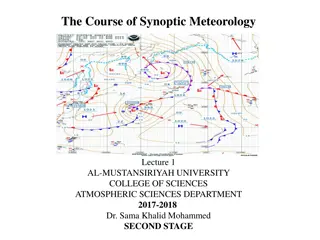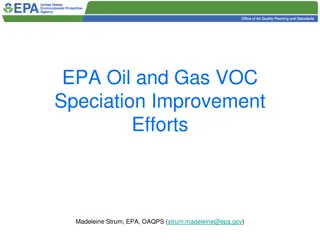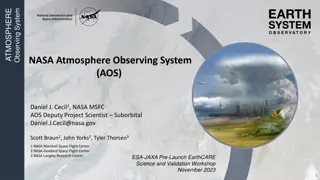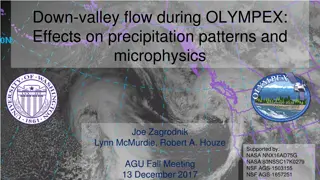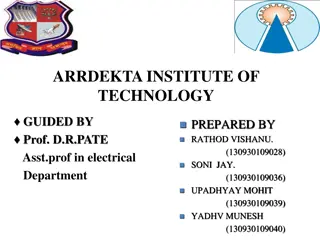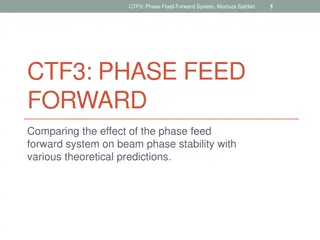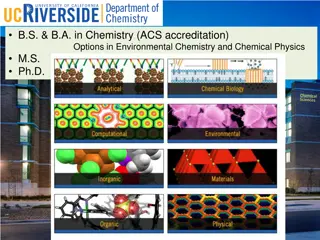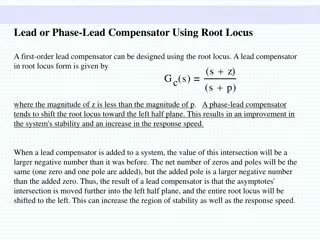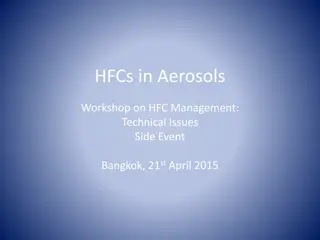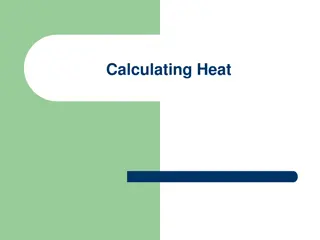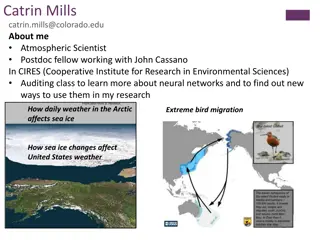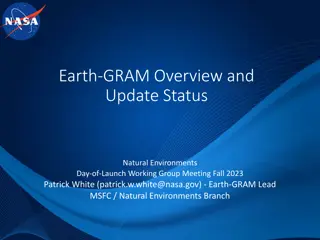Exploring Aerosol Microphysics and Aqueous Phase Chemistry in Atmospheric Research
This material delves into the study of aerosol microphysics and aqueous phase chemistry in the context of atmospheric research. It discusses topics such as scale-dependencies, obstacles in development, working groups for MUSICA, and the importance of various processes in aerosol modeling. The content highlights the complexities and challenges faced in understanding and modeling aerosols and their interactions with the atmosphere.
Uploaded on Sep 11, 2024 | 0 Views
Download Presentation

Please find below an Image/Link to download the presentation.
The content on the website is provided AS IS for your information and personal use only. It may not be sold, licensed, or shared on other websites without obtaining consent from the author. Download presentation by click this link. If you encounter any issues during the download, it is possible that the publisher has removed the file from their server.
E N D
Presentation Transcript
Aerosol Microphyics & Aqueous Phase Chemistry This material is based upon work supported by the National Center for Atmospheric Research, which is a major facility sponsored by the National Science Foundation under Cooperative Agreement No. 1852977.
Questions posed to the Breakout Groups: 1. Which working group(s) for MUSICA do you see evolving from your topics? 2. What are the scale-dependencies of your topic considering the range of applications from urban air quality to upper atmospheric research and timescales from days to centuries? 3. What are or could be the major obstacles to the proposed development plan for MUSICA? 4. Does the proposed realization of MUSICA address your research needs? 5. What new science can be addressed with the new modeling infrastructure? 6. What next major development steps for MUSICA are necessary to consider the processes in your topic? 7. What type of diagnostics should be part of the output? 8. Are there dependencies between your and other working groups to be considered? 9. What multi-lateral Strategic Partnerships should be established and what specific Deliverables will they include? Please assign a rapporteur to report the group s response to the above points. Atmospheric Chemistry Observations and Modeling Laboratory
Which working group(s) for MUSICA do you see evolving from the topic? Answer: Aerosol Processes: 1. Aerosols: gas and particle phase chemistry 2. Aerosols and clouds: cloud activation, PSCs Connections: 3. Land, ocean biogeochemistry 4. Emissions, e.g. fires, SOA 5. Aerosol deposition: wet scavenging and dry 6. Bridging scales: weather and climate 7. Radiative effects
What are the scale-dependencies considering the range of applications from urban air quality to upper atmospheric research and timescales from days to centuries? Answer: Different levels of complexity mean different aerosol models with common interface for different applications. For example: More complexity for air quality than for regional-global climate Plug-in aerosol schemes: how can it be designed for scalability? Separating chemistry from aerosols. Specific scale-dependences important for aerosol processes: Aerosol sizes; bulk vs. modal vs. sectional vs. explicit Subgrid-level: new particle formation, partition, plumes, pyrocumulous, eruptions, sub- column scavenging Time: Diurnal scale, hours, less than hours Where fast processes are important, need more detailed microphysics: plumes, large volcanic clouds. Chemical resolution What are you missing in a climate model that is important? How do we parameterize aerosol-cloud interaction? LES to mesoscale using natural laboratories (ship tracks, volcanoes). Self-consistent modules require a translator. Which is responsible for providing the information?
What are or could be the major obstacles to the proposed development plan for MUSICA? Answer: Resources: Funding, software engineers, scientists Need chemical solver to work simultaneously with gas-phase and aerosols. Aqueous phase example: NO + HO2. Timescales are similar, so you get different answers if you do them sequentially. Common interface: homogenizing output from aerosol modules, regardless of which one used. Should a coupler conform to every module, or should the module conform to interface? Need flexibility to change vertical resolution. Need observations for wet scavenging. Need observations of cloud-borne pH. Urban specific science questions: deposition, re-suspension, interpretation of observations Sub-grid scale modeling, e.g. canopy Boundary layer processes: urban heat islands
Does the proposed realization of MUSICA address your research needs? Answer: What is the cheapest method that provides reasonable solutions? Provides most efficient scientifically valid solutions for various applications, e.g. forecasting to climate. Varying degrees of complexity useful to identify importance of processes.
What new science can be addressed with the new modeling infrastructure? Answer: Cross-scale nature of aerosol-cloud interactions, e.g. ship tracks from small scale to global. How does the aerosol nature change using different aerosol representations? UTLS: Asian monsoon circulation and aerosol/chemical transport SOA: could lead to better understanding of how processes affect SOA because of modularity. Comparing current models leads to unclear conclusions due to differing assumptions. Aerosol ageing: changes in absorption, hygroscopicity, relation to chemical species, chemistry inside aerosol Spatial and temporal resolution of geostationary satellites: optimize AOD. Modeling aerosol mixing state would allow comparison with more measurements. Extreme forcing: large volcanoes, geoengineering, nuclear winter, pyrocumulus Metal aerosols: toxicity, aqueous phase chemistry, upper atmosphere Air quality and human health Multi-scale approach allows you to identify most and least important processes.
What next major development steps for MUSICA are necessary to consider the processes in your topic? Answer: Develop simpler schemes by optimizing to highest complexity schemes Resolving aerosol mixing state Increased chemical resolution e.g. from current VBS scheme with validation from available observations New particle formation, nucleation mode smaller than Aitken mode Better representation of larger aerosols from extreme forcing (geoengineering, volcanoes, nuclear winter) Handling sub-grid scale processes in plumes for emissions pH dependencies
What type of diagnostics should be part of the output? Answer: Speciated aerosols Size-resolved aerosols Extinction, AOD, SAOD SAD Wet/dry deposition fluxes Emissions Effective radius Radiative impacts pH Source tagging? Mass balances within grid-scale Global burdens CDNC, CCN PM2.5, PM10: dry and wet Aerosol water content Observation-specific diagnostics Cross-tropopause fluxes
Are there dependencies between your and other working groups to be considered? Answer: Emissions Photochemistry Transport, convection Data assimilation: how to do so optimally? Which parameters should be nudged? Diagnostics Evaluation
What multi-lateral Strategic Partnerships should be established and what specific Deliverables will they include? Answer: Health community: Global Burden of Disease project 2013 report: no impact of aerosol composition on health. Bulk of health community does not care about composition, just mass. Urban scales: LES Talk to DOE ASR: Jim Smith and Nicole Riemer, chairs of WG. June meeting in DC. Geoengineering consortium: Harvard, Cornell/CalTech, NASA, Rutgers, NOAA, IU AerChemMIP, GeoMIP, CCMI, ISA-MIP, VolMIP CMAQ Universities: e.g. Wyoming aerosol model development experimentalists Explicit chemical mechanisms How far does NCAR engage partners? Who are the partners? What do the partners want from NCAR?
